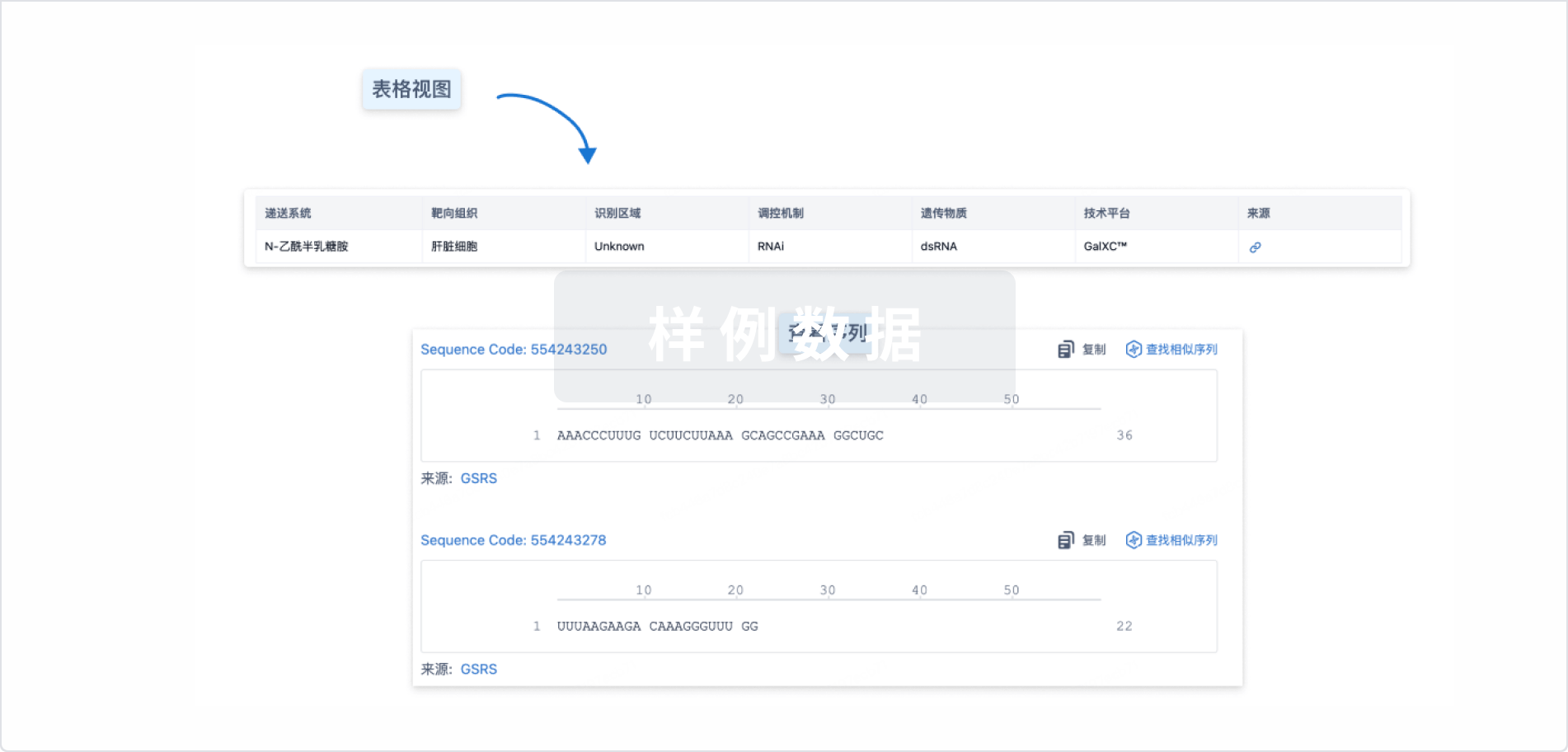The ocular disposition and toxicity of GEM132, a mixed backbone phosphorothioate oligonucleotide developed for the treatment of cytomegalovirus-induced retinitis, were studied in rabbits for 6 months following single intravitreal injection of 5, 20, or 100 microgram/eye (toxicity) and 3.7, 15.7, or 78.5 microgram/eye (disposition). Intraocular pressure, electroretinograms, and ophthalmoscopy were evaluated in the toxicity arm as well as gross and microscopic pathology at the termination of the study. Vitreous humor, retina, and the remaining ocular tissues were collected from all animals in the disposition arm. No toxicities were observed in the low-dose group. Intraocular pressure was transiently mildly increased in the mid- and high-dose groups; macroscopic findings were mild and infrequent. Changes in electroretinograms and histopathological findings attributed to GEM132 were observed by 4 weeks postdose in the high-dose group. Area under the curve values in all ocular tissues sampled were proportional to dose, suggesting GEM132 disposition exhibited first-order kinetics. Vitreous humor concentrations decreased in a multiphasic manner, consistent with rapid distribution. Polyacrylamide gel electrophoresis analysis of retinal extracts indicated that, at 4 weeks postdose, 90% of the radioactivity was associated with parent compound. At 8 weeks postdose, this had decreased to 70%, and subsequently to 50% at 21 weeks postdose. In retina, GEM132 reached concentrations >5 times IC(90) by 1 week postdose, with maximum concentrations 4 to 8 weeks postdose. Retinal concentrations of intact GEM132 then declined at a very slow rate. Microautoradiography suggested that radioactivity was distributed throughout the retinal layers, the largest amount being located in the middle layers.









